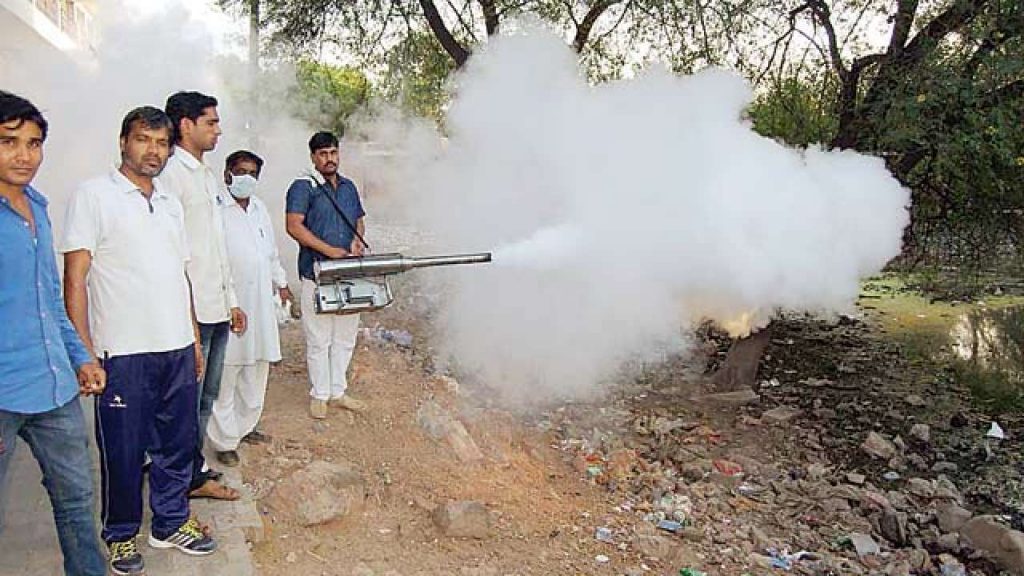Berhampur: Panic gripped Berhampur after 23 persons tested positive for dengue in the district.
Although the poor drainage system and lack of cleanliness in the city are the main reason for diseases like malaria and dengue, the Berhampur Municipal Corporation (BMC) has ignored this despite several complaints.
District CDMO of MKCGMCH Bijaya Kumar Panigrahi said the Health department has made all arrangements to treat dengue patients. The treatment of the 23 affected persons was going on at the district headquarters hospital.
Panigrahi urged the public not to panic as measures had already been taken to contain Aedes mosquitoes in villages. The CDMO said from 2013 to 2019, 944 dengue cases were detected in the district.
District malaria officer R Jagadish Pattnaik said, “We have identified 40 apartment complexes in the city where there is a chance of dengue. We will go to these complexes and remove water which was stocked months ago.”
Panigrahi said in 2012, the disease affected 533 persons and claimed one life. Due to preventive measures, the number has come down to 143 in 2013 and to 64 in 2014. But it again increased to 74 in 2015.
Last year, 329 persons in the district were affected by dengue with the highest of 112 positive cases reported in the Girisola area where two persons died.
Dengue is transmitted by mosquitoes Aedes Aegypti and Aedes Albopictus. The unnecessary storing of water in vessels like plastic jars, bottles, tyres, bird baths and buckets attracts Aedes Aegypti to lay its eggs.
During rains, drains get blocked at various places in the city due to the bad drainage system of the BMC.
CDMO Panigrahi asked people to cover all water storage containers with a fine mesh.
The people here have urged BMC to clean the drains in the city and to use fogging machines to kill mosquitoes. The Health department has arranged an awareness programme on dengue at the block level.
HOW DOES DENGUE SPREAD?
Dengue is spread through the bite of the female mosquito (Aedes aegypti). The mosquito becomes infected when it takes the blood of a person infected with the virus. After about one week, the mosquito can then transmit the virus while biting a healthy person. The mosquito can fly up to 400 meters looking for water-filled containers to lay their eggs but usually remains close to the human habitation.
Aedes aegypti is a daytime feeder: The peak biting periods are early in the morning and in the evening before dusk.
Dengue cannot be spread directly from person to person. However, a person infected and suffering from dengue fever can infect other mosquitoes. Humans are known to carry the infection from one country to another or from one area to another during the stage when the virus circulates and reproduces in the blood system.
Aedes aegypti has evolved into an intermittent biter and prefers to bite more than one person during the feeding period. This mechanism has made Aedes aegypti a very highly efficient epidemic vector mosquito.
PNN
